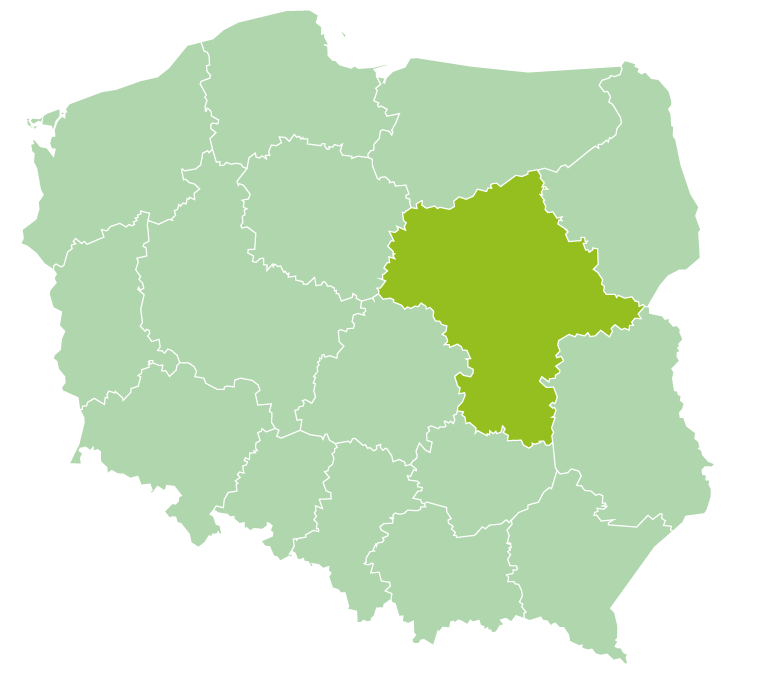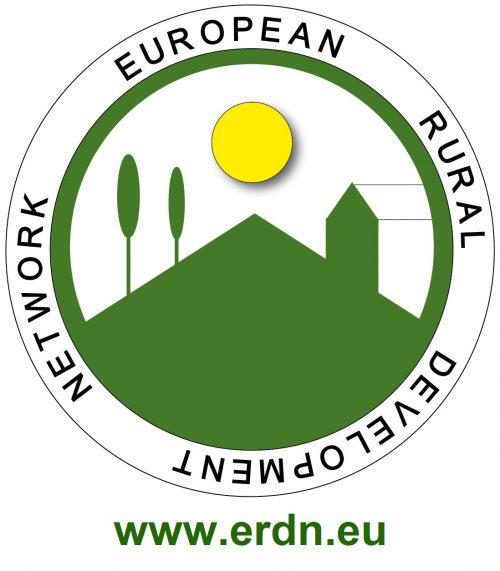| PILLAR | STRENGTHS | WEAKNESSES | OPPORTUNITIES | THREATS |
| 1. Availability of public and other services | S1.01 Sufficient public transportation connection with the main region’s/subregion’s centre | W1.01 Lower than the Polish average access to water management system among rural inhabitants | O1.01 High accessibility to high speed Internet connection | T1.01 Lack of public funds for further improvement of the accessibility & quality of public services |
| S1.02 Sufficient access to public services | W1.02 Low intraregional transportation connectedness | O1.02 Development of public e-services | T1.02 Underdevelopment of electricity infrastructure – risk of electricity blackouts |
| 2. Recreation / social activities | S2.01 Access to commercial enterprises such as shops and restaurants | W2.01 Lack of adequate offer of free time and recreation activities for young people | O2.01 Civic activity as a way for expending cultural and recreational offer | T2.01 Lack of public funds to support social and recreational activities |
| S2.02 Access to the quality culture and entertainment activities | W2.02 Lack of adequate offer of free time and recreation activities for elderly people | O2.02 Modern ICT technologies as a tool for expending the cooperation with cultural organisations from other regions/countries | T2.02 Competition from agglomeration and weak participation in rural based cultural/social activitiws |
| 3. Living condition, quality of life and standard of living | S3.01 In general, good living conditions | W3.01 Presence of important social or political conflicts | O3.01 Positive attitudes towards being a citizen of the region | T3.01 Increasing income inequality |
| S3.02 | W3.02 Some problems with integration of new entrants | O3.02 Increased accessibility to social infrastructure | T3.02 Increasing scale of social exclusion |
| 4. Demographic & human capital | S4.01 Generally, better demographic statistics than for the whole Poland – more younger people | W4.01 Insufficient number of professionally active citizens | O4.01 Increasing human capital | T4.01 Increasing unemployment as a factor for diminishing human capital |
| S4.02 Significant number of women in the neighbourhood | W4.02 Activity of the citizens insufficient to ensure vibrant community growth | O4.02 Increasing social capital | T4.02 Insufficient development possibilities for all groups of citizens |
| 5. Business, economy & innovation | S5.01 Significant number of citizens aware of funds for rural innovations | W5.01 Perception of relatively weak business development environment | O5.01 Consumption patterns and diet awareness – increase of demand for SFSC | T5.01 No specific initiatives to allure potential entrepreneurs |
| S5.02 High level of self-employed and entrepreneurs | W5.02 Lack of complex services supporting entrepreneurs | O5.02 | T5.02 Limited innovations potential |
| 6. Social and cultural aspects of rural areas | S6.01 Social exclusion as an increasing problem | W6.01 Lack of gender equality in taking decisions and professional life | O6.01 New forms of dissemination the information about and access to cultural/social activities (ICT) | T6.01 Insufficient activity of NGOs in the region |
| S6.02 Insufficient number of young people among professional decision takers | W6.02 Low inclusion of young people into civic society | | T6.02 Insufficient empowerment of women on the job market |
| 7. Environment & Biodiversity | S7.01 High awareness of environmental issues | W7.01 No specific environmental or biodiversity features | O7.01 Rural-Urban business connections increase | T7.01 Lack o public funds for environment-friendly public investment |
| S7.02 Variety of cultural, environmental heritage facilities and places | W7.02 Low compliance of agricultural practice with environmental limitations | O7.02 Good law protecting the environment (one of three dim. of development in strategies) | T7.02 Pressure from urbanization to environment! |

